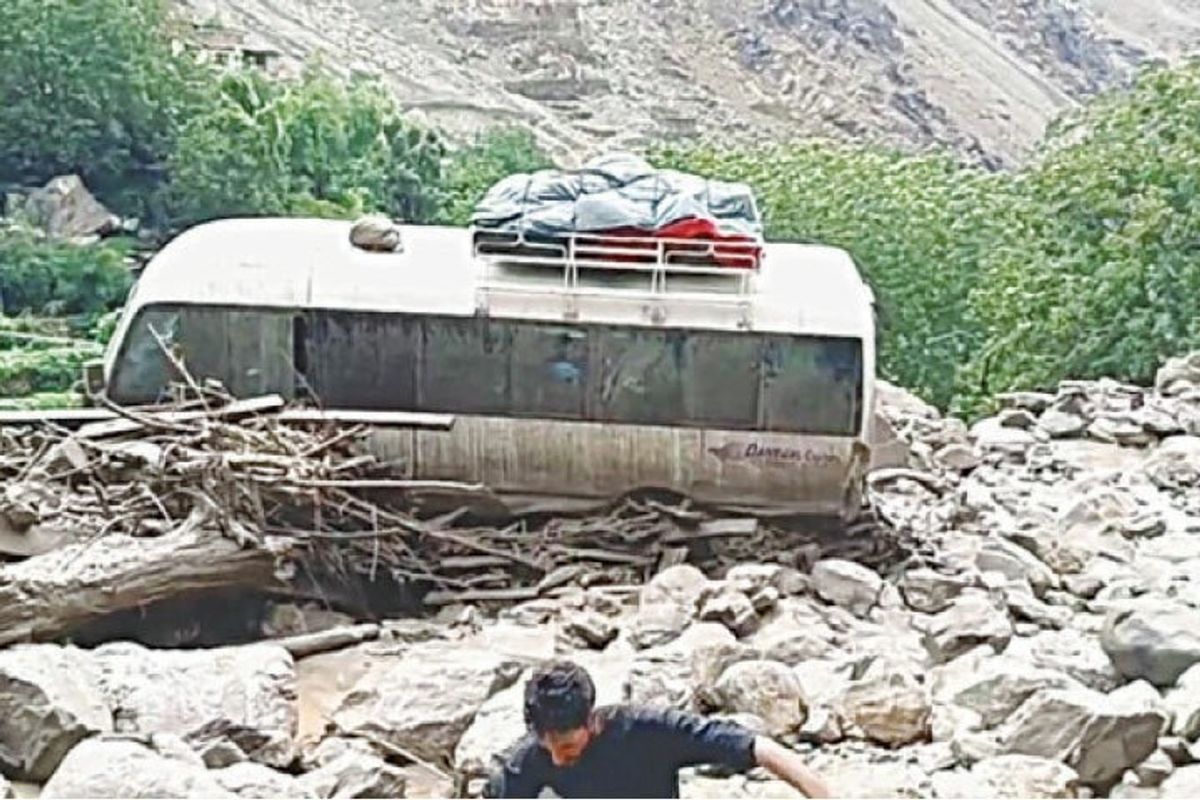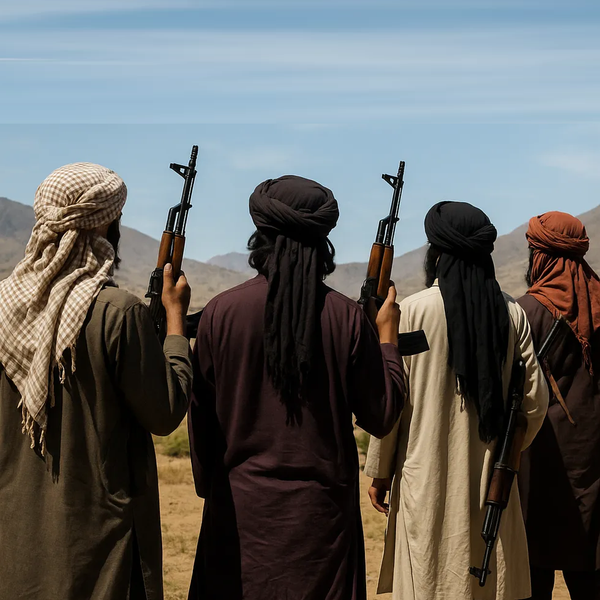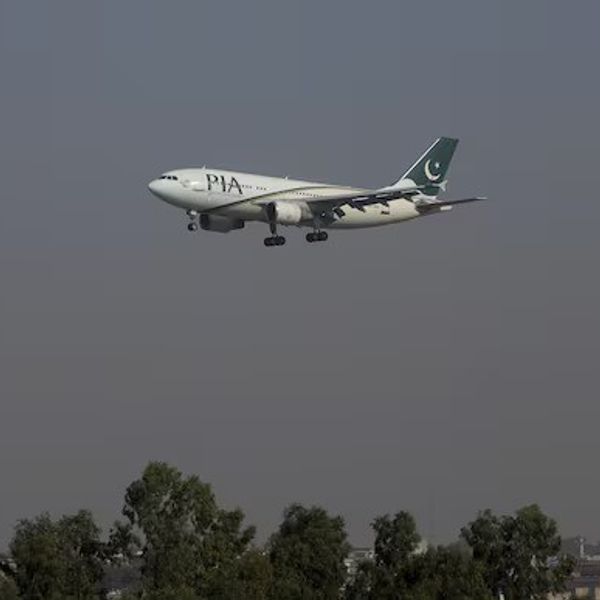Flash floods kill six, destroy over 100 homes in northern Pakistan
Gilgit-Baltistan govt spokesperson says floods have hit Ghanche, Thor, Tangir, Danyor, Babusar, and Skardu

Kamran Ali
Correspondent Nukta
Kamran Ali, a seasoned journalist from Khyber Pakhtunkhwa, Pakistan, has a decade of experience covering terrorism, human rights, politics, economy, climate change, culture, and sports. With an MS in Media Studies, he has worked across print, radio, TV, and digital media, producing investigative reports and co-hosting shows that highlight critical issues.

A passenger coach en route to Gilgit-Baltistan from Naran is seen after it was hit by a landslide near Babusar Top, located between Khyber Pakhtunkhwa and Gilgit-Baltistan.
Courtesy: APP/File
At least six people have died and more than 100 homes have been destroyed in Pakistan’s mountainous northern region of Gilgit-Baltistan after a fresh wave of heavy monsoon rains triggered flash floods and cloudbursts, officials said.
Speaking to Nukta, Gilgit-Baltistan government spokesperson Faizullah Faraq said the severe weather has struck multiple districts, including Ghanche, Thor, Tangir, Danyor, Babusar, and the Sakar Koi area in Skardu.
“Life has become miserable for locals, especially in Ghanche, where a cloudburst caused extensive damage,” Faraq said.
The Pakistan Army, Gilgit-Baltistan Scouts, and other civil authorities have launched emergency search, rescue, and relief operations across the affected districts.
Six bodies have been recovered so far, while six others injured in flood-related incidents have received medical attention, Faraq confirmed.
He added that over 300 stranded tourists, including Pakistanis and possibly foreign visitors, have been safely evacuated to larger cities such as Gilgit, Skardu, and Chilas.
Babusar-Naran Road, a key route connecting northern Pakistan to other parts of the country and a popular corridor for tourists, remains blocked due to flooding and heavy debris. The Karakoram Highway, also known as the ancient Silk Route and a major trade and travel artery connecting Pakistan to China, remains open to traffic.
According to the provincial government, emergency food and medical supplies are being distributed in coordination with the National Disaster Management Authority (NDMA). A military transport aircraft, the C-130, is expected to assist with further evacuations.
“Some travelers and tourists will be sent via the Karakoram Highway,” Faraq added.
The region's Chief Minister Haji Gulbar Khan has instructed all 14 district administrations to intensify relief efforts and ensure that displaced residents and travelers are safely returned to their home areas.
Since the monsoon season began in late June, more than 250 people have died across Pakistan due to flash floods, collapsed buildings, and electrocution, according to government data.
The annual monsoon typically brings 70 to 80 percent of South Asia’s rainfall and lasts from late June to September. While critical for agriculture and water supplies, these rains often cause widespread destruction in vulnerable regions like Gilgit-Baltistan.
Sherry Rehman, Pakistan’s former federal minister for climate change, criticized the country’s emergency preparedness in a statement, citing “the absence of an effective, comprehensive disaster management system.”
In late June, 13 tourists were swept away and killed while sheltering on a riverbank in a separate flash flood incident in northern Pakistan.
In 2022, historic monsoon flooding submerged one-third of Pakistan and killed more than 1,700 people, underscoring the country’s vulnerability to extreme weather events exacerbated by climate change.
With additional input from AFP.










Comments
See what people are discussing